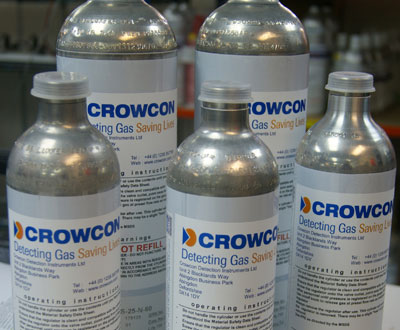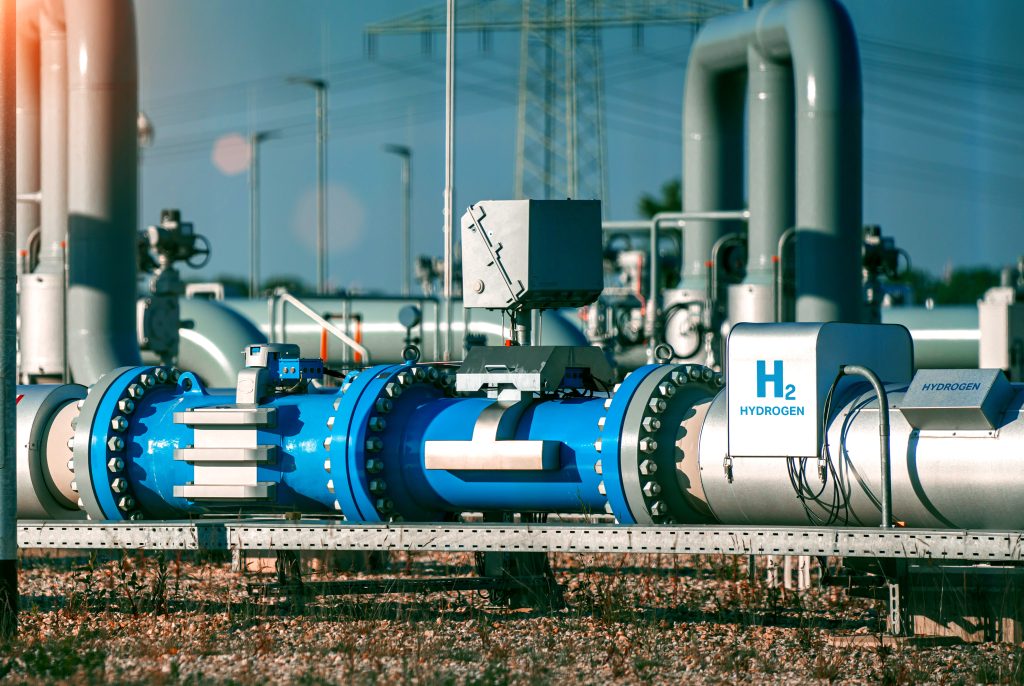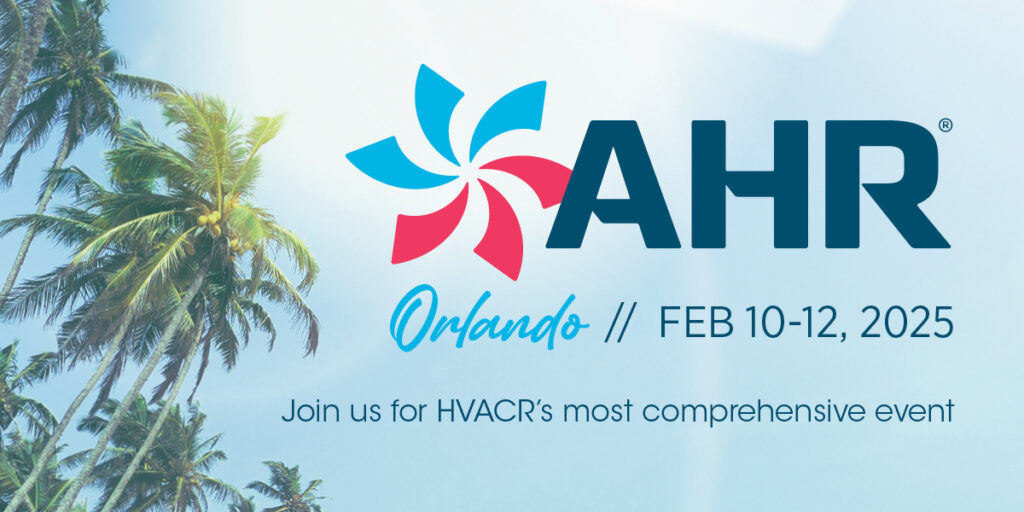Existen dos razones principales para realizar una calibración. En primer lugar, los detectores de gas suelen funcionar en entornos difíciles: temperaturas y/o humedades altas y bajas; pueden estar expuestos a contaminantes, como disolventes, silicona, etc.; exposición a gases; así como la antigüedad de un sensor; cualquiera de estos factores puede hacer que cambie el grado en que el detector responde a una concentración de gas determinada; por ejemplo, el detector puede indicar un 46% de LIE cuando el nivel real es del 50% de LIE.
En segundo lugar, la mayoría de los jefes de obra, responsables de seguridad y usuarios exigen algún tipo de registro que indique que su instrumento ha sido calibrado y hará el trabajo que ellos quieren que haga (es decir, responder al gas). Además de calibrar el sensor para que responda correctamente, los instrumentos tienen una fecha de calibración establecida, de modo que se puede ver cuándo se realizó la calibración y cuándo es la próxima, así como obtener un certificado de calibración como registro.
Prueba funcional frente a calibración
La diferencia entre la prueba funcional y la calibración es que la primera consiste en una breve exposición al gas para verificar que los sensores responden dentro de unos límites específicos y que las alarmas del detector funcionan correctamente.
Una calibración es un "reajuste" de la respuesta del detector frente a una concentración conocida de gas objetivo, en una balanza de aire sintético o nitrógeno. Esto determinará la relación entre la lectura del detector y la concentración real del gas componente de interés. El ajuste implica la modificación de la respuesta de los detectores para que la lectura coincida con lo que se espera al exponer el instrumento a la fuente conocida.
Realización de la calibración
En la calibración, es importante realizar el proceso de calibración de forma controlada, teniendo en cuenta las vías de flujo y los caudales, la presión, la temperatura, la humedad, los gases utilizados, las sensibilidades cruzadas, el tiempo de respuesta de los sensores y el agotamiento del gas residual, así como siguiendo cualquier requisito adicional indicado por el fabricante del detector. La calibración suele ser un procedimiento de dos pasos. En el primer paso, el instrumento se pone a cero en un fondo de aire fresco, aire sintético o nitrógeno, de forma que las lecturas sean iguales a las esperadas en aire limpio. El segundo paso consiste en exponer el detector a gas de calibración que contenga concentraciones conocidas del gas que el sensor está diseñado para medir y ajustar cualquier desviación a la lectura correcta. Otra posibilidad es realizar una calibración cruzada, en la que se utiliza un tipo de gas diferente y se emplea un factor de calibración cruzada para obtener la respuesta al gas objetivo requerido.
¿Con qué frecuencia debe calibrar su detector de gases?
La frecuencia con la que debe calibrarse el instrumento puede variar, aunque se recomienda combinar la información procedente de la aplicación y el entorno, así como del usuario, el fabricante y el proveedor de servicios. Por lo general, se requiere una evaluación de riesgos para confirmar que el periodo de calibración es adecuado. Y recuerde que se recomienda realizar pruebas funcionales periódicas entre los periodos de calibración.
VISIÓN DEL SECTOR
Suscríbase para recibir las últimas novedades
EN su buzón de entrada
Información sobre Crowcon Privacidad y Política de cookies. Si cambia de opinión, puede darse de baja en cualquier momento






